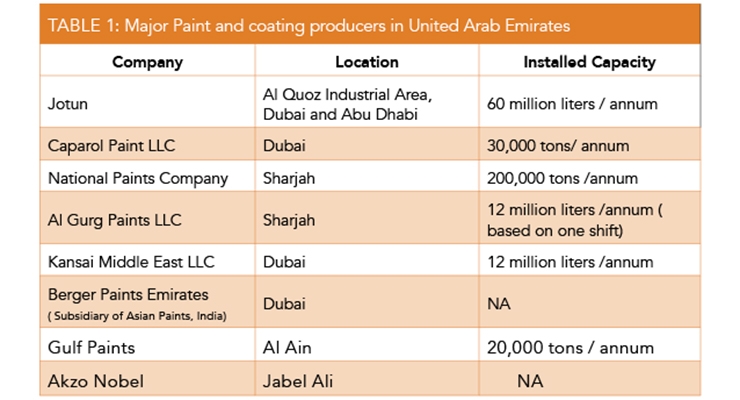Comprehending Seasonal Influences On Commercial Outside Painting: Vital Understanding For Success
Comprehending Seasonal Influences On Commercial Outside Painting: Vital Understanding For Success
Blog Article
Web Content Develop By-Doherty Chaney
When you're intending a business exterior painting project, seasonal elements can make or break your outcomes. You'll want to take into consideration just how temperature and humidity influence paint application and drying out times. Picking the appropriate period can ensure your paint adheres properly and lasts much longer. Yet which seasons are truly the most effective for this sort of job? Let's explore the crucial elements that can impact your task's success.
The Effect of Temperature on Paint Application
When you're intending a commercial exterior paint project, the temperature level can considerably influence how well the paint sticks and dries out.
Preferably, you intend to repaint when temperatures range in between 50 ° F and 85 ° F. If it's as well cold, the paint might not treat effectively, bring about problems like peeling off or cracking.
On the flip side, if it's also warm, the paint can dry too promptly, preventing correct adhesion and resulting in an irregular surface.
You must additionally take into consideration the time of day; morning or late afternoon supplies cooler temperature levels, which can be more beneficial.
Always examine the manufacturer's recommendations for the particular paint you're making use of, as they commonly offer support on the suitable temperature level array for optimal outcomes.
Moisture and Its Result on Drying Times
Temperature isn't the only environmental variable that influences your industrial exterior paint task; humidity plays a significant role also. supplemental resources can decrease drying times substantially, impacting the general quality of your paint task.
When the air is filled with wetness, the paint takes longer to heal, which can cause concerns like inadequate attachment and a higher danger of mildew growth. If you're repainting on an especially moist day, be prepared for prolonged delay times in between layers.
It's critical to check neighborhood weather and plan appropriately. Preferably, aim for humidity degrees in between 40% and 70% for optimal drying out.
Maintaining these factors in mind guarantees your job remains on track and delivers a long lasting finish.
Best Seasons for Commercial Exterior Paint Projects
What's the best time of year for your business external painting tasks?
Springtime and early autumn are typically your best choices. Throughout simply click the following webpage , temperatures are moderate, and moisture degrees are often lower, developing suitable problems for paint application and drying out.
Stay clear of summer season's intense heat, which can trigger paint to dry too promptly, bring about bad bond and surface. In a similar way, wintertime's cold temperature levels can hinder correct drying out and treating, taking the chance of the longevity of your paint job.
Aim for days with temperature levels between 50 ° F and 85 ° F for ideal results. Keep in Suggested Site to inspect the regional weather forecast for rainfall, as wet problems can ruin your job.
Planning around https://exterior-painters-near-me42086.blogsvirals.com/34619033/exactly-how-to-spot-warning-when-hiring-a-painting-professional ensures your paint job runs efficiently and lasts longer.
Verdict
Finally, intending your business exterior painting projects around seasonal factors to consider can make a substantial distinction in the end result. By organizing job throughout the suitable temperatures and moisture degrees, you'll make certain far better bond and drying out times. Keep in mind to watch on neighborhood weather prediction and select the right time of year-- springtime and early fall are your best bets. Taking these actions will help you achieve a sturdy and specialist coating that lasts.
